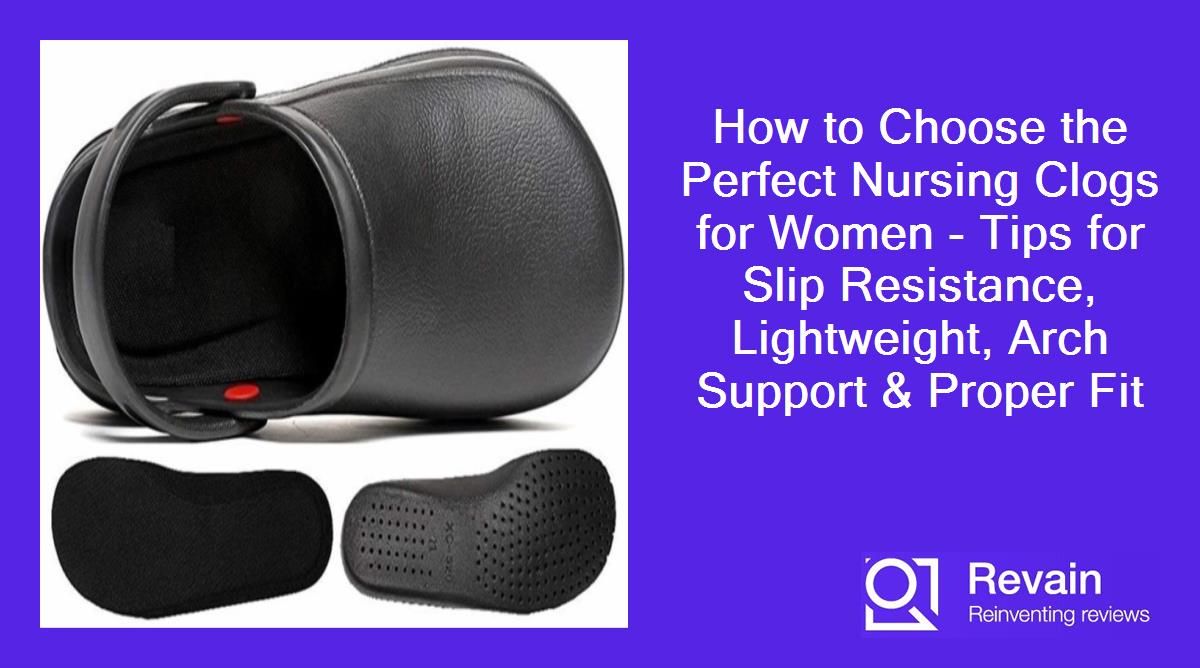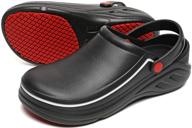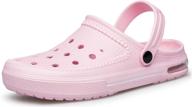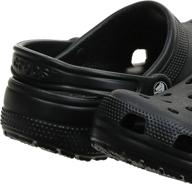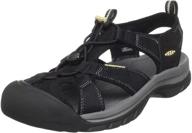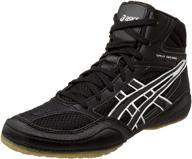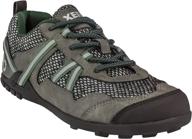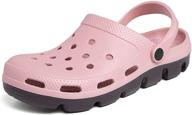Top products in 👞 Men's Mules & Clogs
How to choose the right size nursing clog?
Choosing the right size nursing clog is important for comfort and safety during long hospital shifts. An ill-fitting clog can cause foot pain, blisters, calluses and even back problems over time. Follow these tips to find your perfect nursing clog fit:
1. Measure your feet
Use a brannock device or ruler to measure the length and width of both feet while standing. Feet swell during the day so take measurements at the end of day when your feet are largest.
- Foot length - Measure from back of heel to the tip of the longest toe.
- Foot width - Measure across the ball of the foot, under the toes.
Record these measurements to find your size in different shoe brands.
2. Consider factors that affect size
- Sock thickness - Wear your normal work socks when trying on shoes.
- Foot issues - Account for bunions, hammertoes etc. that need wider sizes.
- Arch type - High arches need clogs with more contour, flat feet need more support.
- Weight changes - File size may change if you gain/lose weight.
3. Try on clogs in your size
Visit a shoe store and try on clogs in your measured size. Walk around the store with both shoes on. The fit should be snug but not too tight.
4. Check fit and comfort
- Toes - Wiggle toes freely, no rubbing on edges.
- Heels - No slippage when walking.
- Arches - Proper support, no strain.
- Ball of foot - Room for slight swelling during shifts.
Break in leather clogs properly at home before long hospital wear. Adjust fit with insoles or sizing as needed.
Finding your accurate nursing clog size ensures you stay comfortable and injury-free even during marathon hospital shifts. Don't hesitate to go up or down a half/full size if needed for the perfect pain-free fit.
Similar products
How to clean and sanitize nursing clogs?
Properly cleaning and sanitizing nursing clogs is crucial for maintaining hygiene and preventing infection transmission in healthcare settings. Follow this simple routine after each shift or as needed:
Daily Cleaning
- Remove insoles and bang shoes to dislodge debris.
- Wash clogs with warm water and mild soap using a washcloth. Target the sole, strap, heel and all crevices.
- Rinse away all soap residue thoroughly.
- Dry with a clean towel and allow to fully air dry.
- Spray insoles with disinfectant spray. Allow to dry fully before replacing.
Weekly Disinfecting
Deep clean and disinfect clogs weekly or after exposure to infections:
| For Leather Clogs | For Washable Clogs |
|---|---|
|
|
Sanitizing Tips
- Use hospital-grade disinfectants made for porous surfaces.
- Target the strap, heel, sole and any stains.
- Replace insoles every 3-6 months.
- Discard clogs at first sign of damage.
Proper sanitation of nursing clogs prevents growth of bacteria and viruses that can spread infections. Implement a cleaning routine to keep your clogs fresh, hygienic and safe for patients.
How to find slip resistant nursing clogs?
Slip resistant shoes are a must for healthcare workers who spend hours walking on slick hospital floors. Follow these tips to choose nursing clogs with maximum traction and safety:
Check the Sole
The sole material determines the slip resistance. Look for:
- Rubber soles - Provides the best traction.
- Textured treads - Creates grip on slippery floors.
- Defined heel - Adds stability when walking.
Avoid smooth, plastic soles which can easily slide.
Test the Traction
Try the wet test to assess slip resistance:
- Wet a small area of floor with water.
- Walk on the wet patch in your clogs, simulating motions like turning swiftly or braking suddenly.
- Evaluate if the clogs maintain traction or if you slip.
The clogs should grip the wet surface firmly without sliding.
Look for Certifications
Look for external validity stamps like:
- AHWP - Anti-slip Healthcare Worker Program certified.
- SLIPCARE - Rating for slip resistance from 1.0 to 3.0.
- Mark of SafeStep - Certifies adequate traction.
Certifications ensure the clogs meet safety standards for slip prevention.
Prioritize Comfort and Fit
Well-fitted clogs help prevent slips and falls. Ensure:
- Snug heel prevents wobbling out.
- Toe box has some wiggle room.
- Arch support avoids strain.
Finding truly slip-proof nursing clogs keeps you safe from tumbles and injuries on the job.
How to find lightweight nursing clogs for all day wear?
Nurses are on their feet all day caring for patients. Heavy, clunky clogs can cause foot fatigue and joint pain over long shifts. Look for these features to find the most lightweight nursing clogs for comfortable all day wear:
Check the Upper Material
Choose clogs made with lighter materials like:
- Mesh - Extremely lightweight and breathable.
- CrosliteTM - Molded foam that is featherlight.
- EVA - Ethylene vinyl acetate foam that reduces weight.
Avoid heavy leather, suede or thick rubber uppers that add weight.
Consider the Sole
Prioritize thin, cushioned soles like:
- TPU - Thermoplastic polyurethane for support and comfort.
- EVA - Shock absorbing foam that keeps weight down.
- Rubber - Adds traction without excessive weight.
Steer clear of dense materials like wood or thick plastic.
Look for Ergonomic Design
Well-designed clogs enhance comfort and minimize weight:
- Contoured footbed supports the arch.
- Removable padded insole for cushioning.
- Roomy toe box prevents pinching.
Try Them On
Test clogs out in the store for an extended time. Walk around and simulate an average shift.
The clogs should feel ultra lightweight and like you are walking on air. Prioritize comfort and support to stay energized across long hospital days.
How to choose clogs with arch support?
Proper arch support in nursing clogs prevents foot pain, knee issues and back problems over long shifts. Consider the following when selecting clogs with adequate arch support:
Identify Your Arch Type
Stand on a wet surface and observe your footprint to determine if you have:
- High arches - Entire inner edge visible.
- Neutral arches - Half inner edge visible.
- Flat feet - Full footprint visible.
High arches need well-contoured support, flat feet do better with maximum support across the sole.
Check the Shape
The shoe shape impacts support:
- Curved sole - Hugs arches better.
- Narrower heel - Provides medial support.
- Wider toe box - Accommodates natural toe splay.
Examine the Footbed
Clogs should have footbeds designed for arch support like:
- Contouring or curves to match arch shape.
- Deeper heel cup for stability.
- A shank for structure.
- Thicker midsole foam.
Consider Customization
Look for clogs with:
- Removable footbeds to add your own orthotics.
- Adjustable straps to customize fit.
Test the clogs by walking and standing for long durations. Ensure your arches feel supported and not strained.
Proper arch support alleviates pain and fatigue from long hospital shifts. Take the time to find nursing clogs tailored to your unique foot needs.






